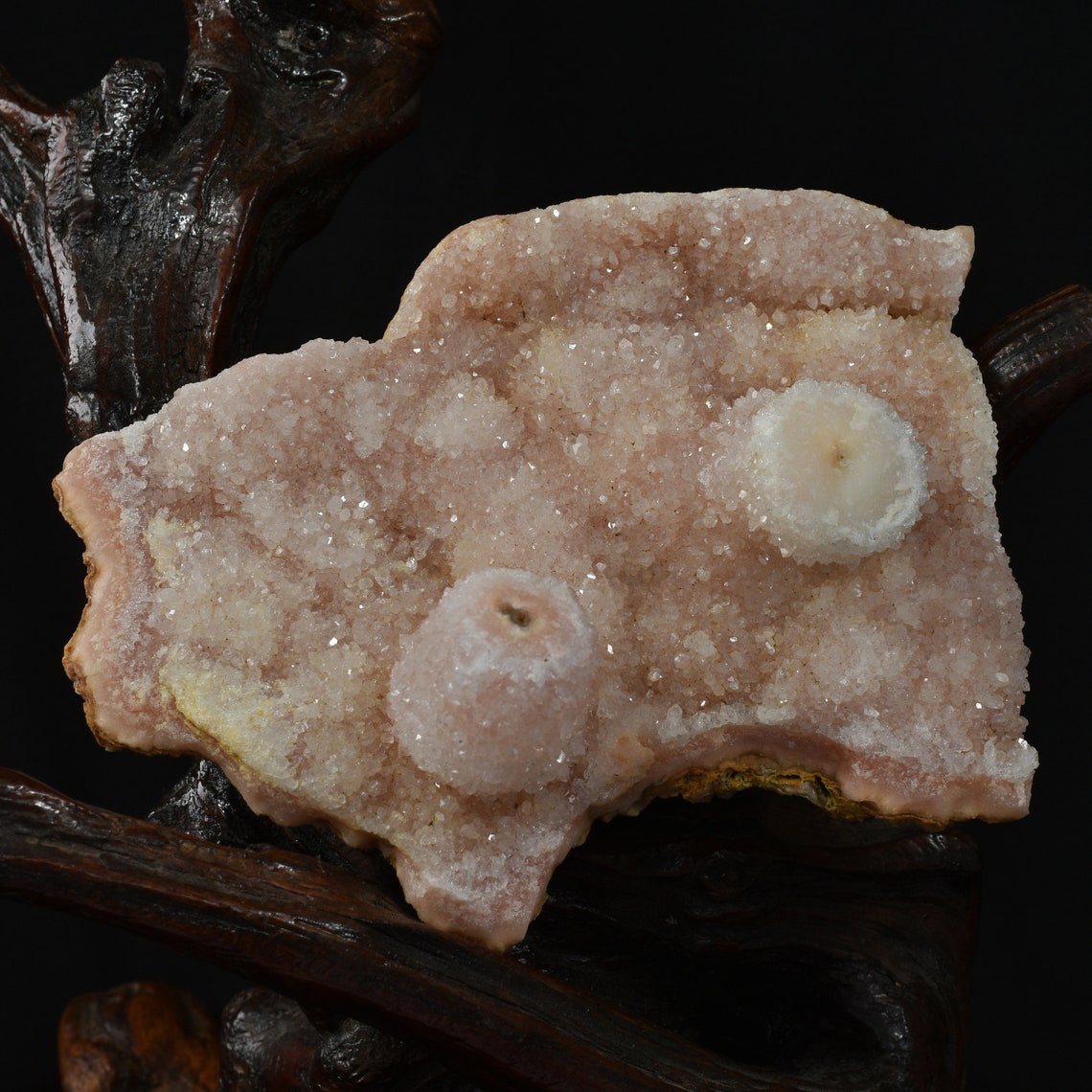
This causes the crystals to become exposed. Once the cavity is formed, various minerals accumulate and form crystals, such as amethyst or quartz.īecause the rock around them is sedimentary, it crumbles easily. Found mainly in basalt, calcareous shale, dolomite, and limestone, this type of geode is created when gasses vent, leaving a small cavity.Ĭonversely, organic matter buried in the sediments may decay to leave a cavity. Sedimentary geodes are rather brittle, which makes them both less desirable for collectors and more desirable for harvesting. Quartz can range from clear to pink or purple (rose quartz and amethyst, respectively), as well as other shades based on trace minerals present.ĭue to their commonality, quartz geodes are relatively inexpensive and are often dyed before polishing to increase their appeal to consumers. Quartzīy far, the most common mineral found in geodes is quartz. If you’re lucky enough to stumble upon a pyrite geode, putting it on display can be a real conversation starter. Pyrite was the both the boon and bane of the Gold Rush, due to its similar appearance to yellow gold. Usually, the minerals forming the interior are of low value. While they have no major value, they can be very pretty display pieces and are relatively cheap. These are small geodes that are sliced up and sold either as-is or dyed. These fakes are so realistic that even experts are frequently fooled, and only someone with plenty of knowledge in the type of crystal used can discern a fake with accuracy. These are usually made of pottery clay, painted to resemble a geode, then the inside is further covered in fine crystals. While it might make for a nice display, man-made geodes are something of an epidemic on the collector’s market.

Citrine GeodeĪs the name implies, this mineral is a bright yellow, lending to a geode that resembles an inverted sun. This latter type of formation is known as botryoidal and can be attractive in its own right, especially when the chalcedony has a tint to it. When breaking open a chalcedony geode, you’re not greeted with beautiful crystals, but instead a surface that may look almost smooth or covered in bumps. Chalcedony GeodeĬhalcedony is a type of microcrystalline quartz that’s often present in geodes, but can also be the “filling” of a geode. These geodes make for amazing displays, especially when paired with other mineral types. In contrast to the rich blue of agate, celestine has a light blue to clear tone that reminds one of clear tropical waters on a sunny day.

They can be bought in a variety of shapes, such as cathedral or cave, and can range from a light lavender to deep purple on the interior. Amethyst Geodeīy far the most popular and one of the most common types of geode, amethyst has practically cornered the market. Mainly found in Brazil, they’re also known as Brazilian geodes. When cut open, they reveal a banded, rich blue interior. Other types of agate geode also exist, but agate eggs are perhaps the most popular.

These geodes get their names from the fact that they are roughly egg-shaped and contain agate.


 0 kommentar(er)
0 kommentar(er)
